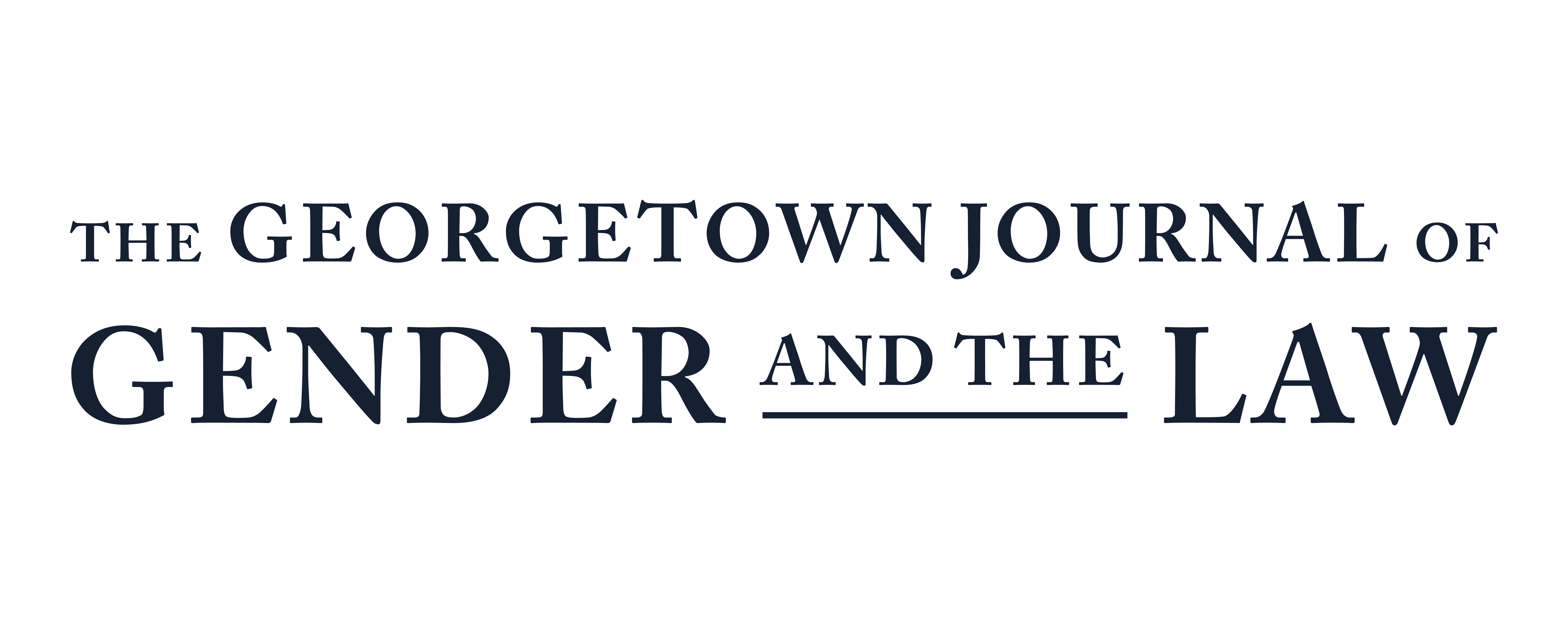Commercial Sexual Exploitation
According to the United States (U.S.) Department of Health and Human Services, human trafficking is tied with the illegal arms industry as the second largest criminal industry in the world. The Trafficking Victims Protection Act of 2000 (TVPA) defines sex trafficking as “the recruitment, harboring, transportation, provision, obtaining, patronizing, or soliciting of a person for the purpose of a commercial sex act.” Human trafficking is distinct from human smuggling, which involves consent on the part of the individual being transported, and is distinct from sex work. Unlike sex workers, survivors of human trafficking do not profit financially from the sexual services they perform. Severe forms of trafficking include those in which the commercial sex act is induced by force, fraud, or coercion, or in which the person induced to perform such act has not reached eighteen years of age. Indeed, human sex trafficking survivors are typically youth runaways or immigrant women and children who are held against their will in brothels or similar establishments and forced to perform sexual services to repay inflated debts to their traffickers. Though the TVPA does not require that survivors be kept “under literal lock and key” in order to allege human trafficking, traffickers frequently withhold all profits and use abusive tactics and the threat of violence to keep survivors isolated and enslaved.
Section A identifies crimes and defenses related to human sex trafficking, including attempt, facilitation, and the receipt of financial benefit from human sex trafficking. Section B discusses federal regulation of human sex trafficking.
Commercial Sexual Exploitation
